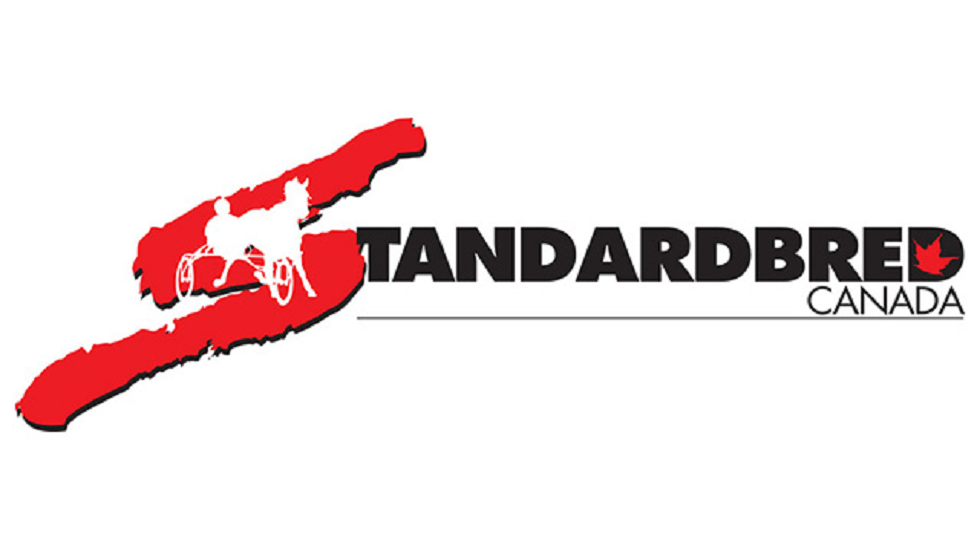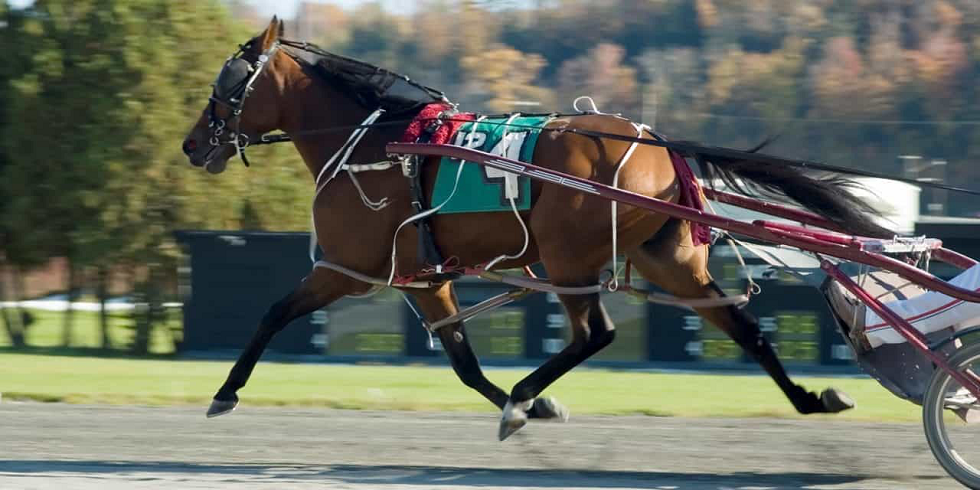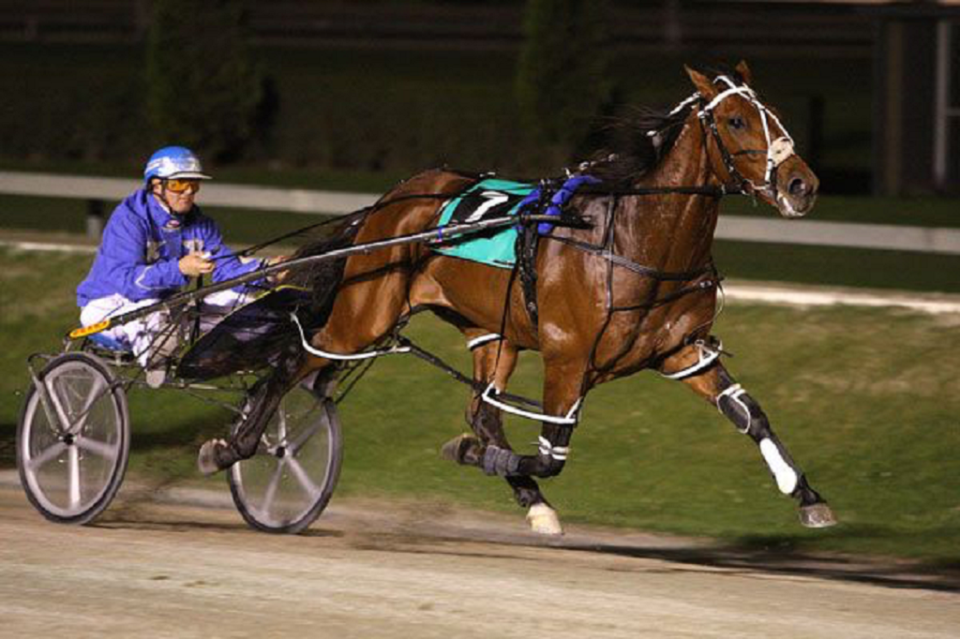Standardbred Canada is a non-profit organization whose passion is to supervise, record, store, and distribute information on all registered Standardbreds and to promote harness racing. Two organizations were amalgamated in the year 1998 to form Standardbred Canada – the Canadian Standardbred Horse Society (incorporated in 1909 for the primary purpose of maintaining the official registry of Standardbred horses in Canada) and the Canadian Trotting Association (formed in 1939 to become the record-keeping and licensing body). Here are some more facts about Standardbred Canada.
Standardbred Canada: About the Company And Frequently Asked Questions!
What Does Standardbred Canada Do?

- Website http://www.standardbredcanada.ca
- Industry: Non-profit Organization Management
- Company size: 51-200 employees 46 on LinkedIn
- Includes members with current employer listed as Standardbred Canada, including part-time roles.
- Headquarters: Mississauga, ON
- Type: Nonprofit
According to their website:
“Standardbred Canada is an incorporated non-profit organization whose mandate is to supervise, record, store and distribute information on all registered Standardbreds and to promote harness racing in Canada and beyond.
Standardbred Canada was formed in 1998 as a result of the amalgamation of the breed’s two national organizations, The Canadian Trotting Association and The Canadian Standardbred Horse Society.
Each member racetrack across Canada has a Standardbred Canada field representative who inputs race data as it happens into a computer system linked to the main data banks at the SC main office in Mississauga.
The computerized system has facilitated the production of race programs and provided the means for race secretaries and horse people to instantly establish a horse’s eligibility to certain conditions in a race. Every qualified horse can be accessed and any pertinent information on that horse – colour, sex, date of foaling, current and past owners, breeders, money won, lifetime record, past racelines – can be obtained. Detailed information is also stored on stallions and broodmares and their progeny. Virtually every bit of pertinent information about every registered Standardbred horse is recorded and can be easily accessed.
Standardbred Canada also offers a standardized insurance plan and all licensed trainers, drivers, grooms and officials may be covered by disability income and accidental death insurance.
TROT Magazine is the official publication of Standardbred Canada and the monthly magazine is one of the best-read publications in the industry. Every member of Standardbred Canada receives TROT with his/her membership.
Standardbred Canada’s vast archives of books, photos, videos, historical materials and publications about the Standardbred horse, as well as other breeds, are located in the resource centre at the main office location in Mississauga. This library also houses the impressive collection of silverware won by Hall of Fame horseman Bill Herbert and donated to Standardbred Canada by Herbert’s late wife Ruth.
Operated by an elected Board of Directors from across the country, Standardbred Canada is also responsible for managing and operating horse auctions. In October, Standardbred Canada and Forest City Sales Inc. annually presented the London Selected Yearling Sale in London, Ontario”.
Standardbred Canada Membership
According to their website, you should become a Standardbred Canada member before you buy a horse. If you do not have a current membership, you can contact their Member Services Department to get started.
The History of the Standardbred
According to the Standardbred Canada website:
“ In 1879, the National Association of Trotting Horse Breeders agreed upon standards to define horses eligible to the Trotting Register, started in 1867 by John H. Wallace, to record pedigrees of trotting horses. One of the rules stated that a stallion was required to trot a mile in two minutes and thirty seconds or better, or 2:35 if hitched to a wagon.
After years of debate over what to name the new breed of trotting horse, the high standards required for registry led to the name we know today: Standardbred.
All Standardbreds horses trace their ancestry through direct male line to the imported stallion Messenger, an English Thoroughbred who was brought to America in 1788. The modern Standardbred owes its existence to a rather homely grandson of Messenger named Hambletonian.
The story of Hambletonian is a fascinating and well documented one, and set the precedent for this breed being one for ”everyman” and not just a wealthy person’s sport. Hambletonian was bought as a foal by his caretaker, an illiterate hired hand named Rysdyk, and eventually made his owner a fortune.
Hambletonian’s sons and daughters were the first to meet the standards of the new trotting breed, including Dexter, the horse you see on every antique weathervane, and Lady Suffolk, the “old gray mare who ain’t what she used to be”.
Canadian influence was strong in the new Standardbred, with the emergence of sires like Pilot, Pliot Jr., and the early pacers which were brought out of Canada like Copperbottom, founder of the Hal family.
In 1881, the first World Champion was a pacer of the Hal family, and the most prestigious pacing race in the United States, the Little Brown Jug, bears his name. Originally denigrated as “bush-bred” and considered a poor man’s horse, today’s pacer is making many people rich.
In 1909, the Canadian Standardbred Horse Society was incorporated for the primary purpose of maintaining the official registry of Standardbred horses in Canada. In 1939, the Canadian Trotting Association was formed to become the record-keeping and licensing body. In 1998 the two organizations were amalgamated to form Standardbred Canada. Computer terminals connect race tracks across the country to Standardbred Canada’s central data bank in Mississauga, Ontario.
Canadians have gained international recognition in the sport at all levels. John Campbell, Ron and Keith Waples, Michel Lachance and Bill O’Donnell are legends in the sport and are all Canadians. Armstrong Bros. of Inglewood, Ontario, is annually one of the top three breeding farms in North America, and horses bearing the “Armbro” prefix have won virtually every major stakes race.
The award of excellence in Canadian racing today is the O’Brien Award, named after the late, great Maritime-born horseman, Joe O’Brien. At the conclusion of each racing year, voters from across the country make their selections of the horses they feel deserve this honour, as well as the Horse, Trainer, Driver and Broodmare Of The Year. The winners are announced each year at the O’Brien Awards, hosted by Standardbred Canada”.
Standardbred Canada Office
Standardbred Canada’s headquarters are at 2150 Meadowvale Blvd, Mississauga, Ontario, L5N 6R6, Canada
Standardbred Canada’s phone number is (905) 858-3060
Standardbred Canada Fines and Suspensions
According to their website:
“The Standardbred Canada website will list only fines and suspensions issued within the preceding 12 month period. It is the policy of Standardbred Canada to record the results of unsuccessful appeals upon receiving notice thereof from the Provincial Racing Commission with which an appeal is filed. Any fine or suspension currently under appeal will NOT be shown”.
Standardbred Canada Horses For Sale

As of April 2021, there are 38 horses listed on the SC Horses For Sale Board. Please visit the standardbred Canada website under “ SC Sales”.
HOW DO I GET STARTED?
According to their website, you should become a Standardbred Canada member before you buy a horse. If you do not have a current membership, you can contact their Member Services Department to get started.
After doing so, you must decide the type of horse you desire and an appropriate budget. Setting your goals is important to prepare yourself for this endeavor.
If purchasing at auction, you will find that some auctions are multi-category whereas others concentrate on one type. For example, the London Selected Yearling Sale in October is designed specifically for yearlings, whereas mixed sales sell weanlings, yearlings, broodmares, stallion shares and horses of racing age.
SHOULD I SEEK A TRAINER?
According to their website, Standardbred Canada strongly suggests the use of a professional trainer when buying any Standardbred horse. It is wise to investigate credentials and experience before you choose a trainer. Trainers are generally experts in purchasing racehorses and you should seek their advice given their experience and track record.
When buying at auction, your trainer should be comfortable with the Conditions of Sale and be familiar with the happenings at an auction. It is in your best interest to be fully advised by an expert before buying at auctions.
THE SALES CATALOGUE
According to their website, each auction has a catalogue which is published before the sale. The catalogue devotes a page to each horse which is allocated a hip number and usually provides a three generation pedigree as well as a description of race record where applicable. A list of stake engagements (if applicable) is printed under the pedigree of each horse. The consignor is solely responsible for the accuracy of engagements published in the catalogue. The purchaser is responsible for any future stake payments once ownership is transferred. Standardbred Canada advises new owners to notify the stake administrators of change of ownership and address.
At The Sale, Can I Inspect the Horses Before Buying?
According to their website, when you arrive at the sale, Standardbred Canada strongly suggests that you inspect the horses that you are interested in prior to bidding. The horses are available for inspection between a few hours and the day before the sale depending on which sale you are attending. Your catalogue will specify times and dates for inspections.
Before the sale you may inspect any of the horses that are catalogued. Simply go to the horse’s stall, which will be identified opposite the hip number that corresponds with the catalogue, and request the inspection. The seller or representative will present the horse for your inspection and may answer any questions. Be thorough in your inspection as once the horse is purchased he is yours to keep. Check the horse’s sex, conformation, and soundness.
Please be aware that if you are buying a yearling or unraced horse, your decision will be made entirely on the horse’s pedigree and conformation. It is, therefore, imperative that you inspect the horse before you bid. The use of a trainer and/or equine veterinarian will help you to inspect the horse and determine if the horse is of the standards that you wish to bid on.
IS THERE ANY WARRANTY IF I BUY?
No, there is no warranty on any horse that is sold at Standardbred Canada Auctions.
According to their website, each horse is sold with a halter, a negative “Coggins” test certificate when available and a certificate of registration.
There is otherwise no warranty, guarantee, term or condition of any kind as to the health, soundness, condition, ability or potential of any horse at the sale. A horse may be returned if an animal described as a colt or gelding did not meet that description. The Conditions of Sale provide further explanation.
WHAT DO I DO IF I HAVE QUESTIONS BEFORE THE SALE BEGINS?
Once you have made your inspections of any potential purchases, you are ready to bid. If this is your first visit, introduce yourself to the Standardbred Canada team. Now is the best time to ask any questions about the horses, the Conditions of Sale, the conduct of the auction, payment arrangements, etc.
Remember, before you bid, it is important that you contact the Sales Office if you are a foreign buyer so you can fill out the “Pre-Sale Export Delivery Agreement”. As a foreign buyer, you may avoid paying the Goods and Services Tax if the horses you purchase are shipped outside of Canada.
WITHDRAWALS
Withdrawn horses (“outs”) are immediately posted throughout the sale area when the seller notifies Standardbred Canada prior to sale. It is important to watch for “outs” so that you do not miss the sale of the horse you are interested in buying.
WHAT HAPPENS ONCE THE SALE STARTS?
The horses are offered for sale individually in hip number order at a rate of about 30-35 per hour. Before entering the sales ring, the horses are shown in the walking ring where potential bidders have a final chance to inspect them before bidding. When the horse enters the sales ring, the pedigree reader introduces the horse by hip number, name, age, sex, and parentage. It is very important to listen to the entire Auctioneer and Pedigree Reader’s introduction as he will also read any relevant announcements, alterations and updates to the catalogue. A brochure may also be circulated at the sale containing important updates and errors or omissions to the official sale catalogue. Please pick up your copy at the Sales Office.
THE AUCTION
The Auctioneer asks for an opening bid. At Standardbred Canada, bids are made either to the Auctioneer or to the Bid Spotters in the sale ring. The Auctioneer will advance the bids at a level he feels appropriate. Unlike other auctions, no bidding numbers are used at Standardbred Canada Sales and all bids are made using various gestures.
Located above the auctioneer is the electronic bid board.
“SOLD!” – The Meaning and Actions After
The highest bidder is the buyer that is confirmed by the fall of the hammer. The Auctioneer announces that the current horse is “Sold” and verifies the sale and the price. The fall of the Auctioneer’s hammer denotes the passing of ownership. Payment is due at the Sales Office within 30 minutes of the fall of the hammer.
ACKNOWLEDGEMENT OF PURCHASE
Immediately following the fall of the hammer, the successful buyer will be presented with an Acknowledgement of Purchase form by a Standardbred Canada representative. The buyer’s signature confirms the hip number, the price and the name of the horse. If you think a mistake has been made, speak up prior to signing, as the Auctioneer may reopen the bidding in some circumstances.
After The Sale, WHEN DO I PAY FOR MY HORSE?
Payment is due within 30 minutes of the fall of the hammer. The horse may not be removed until paid for unless credit arrangements have been made with Standardbred Canada. Please make credit inquiries before bidding at the Sales Office. If you have any further questions about payment please refer to the Conditions of Sale or visit the Sales Office for clarification.
REGISTRATION CERTIFICATE
All registered Standardbred horses have a registration certificate that will be mailed to the new owner. Upon settlement of purchase, ownership may be transferred with a representative of Standardbred Canada . Registration certificates will then be taken back to the head office to have the transfer recorded. The new certificate will be forwarded by mail to the new owner. The transfer fee will be collected by the sales cashier at the sale.
IDENTIFICATION AND OTHER CERTIFICATION
Horses consigned have been Coggins tested negative (within 180 days of sale) when available. Certification will be available for purchasers at the Sales Office upon payment. For the convenience of the purchaser, all horses sold have been positively identified for parentage by DNA or blood-typing and have been freeze branded.
DO I NEED TO INSURE MY HORSE?
You have just made a major purchase, and to protect your investment is very important however, not imperative. Various insurance agents are usually available on sale day and offer a range of insurance coverage. Standardbred Canada can also supply you with the names of insurance companies.
CARE OF YOUR HORSE
Once the sale of your horse is final, the seller’s responsibility ends. He/she will deliver your horse back to its stall. After that, you must ensure the horse is fed, watered and generally cared for until travel. The seller will remove any tack other than the halter and you must provide feed, water, blanket (if necessary) and lead shank for your new horse. Standardbred Canada is an advocate of proper animal care and welfare, including transport that is as stress-free as possible.
WHO CAN TRANSPORT MY HORSE?
Unless you have come to the sale with your own horse trailer, you will need to make arrangements to transport your horse to a new home. If you are with a trainer, he will most likely organize transport or recommend a number of transport companies that are credible and trustworthy. There is usually a transport company representative at the sale to organize trucking. Your horse must leave on the day of purchase unless special arrangements are made with Standardbred Canada.
STABLE RELEASE
For the horse to exit the sale grounds, Standardbred Canada must issue an official stable release form obtained at the Sales Office. This form must be presented to security before exiting the barn area. Remember to leave the release form(s) with your transporter so that he can leave the premises with your horse.
According to their website, when you decide to buy a Standardbred, it is important to make the sale an easy transaction by:
1. BEING FAMILIAR WITH THE CONDITIONS OF SALE
2. USING A PROFESSIONAL TRAINER and EQUINE VETERINARIAN
3. INSPECTING BEFORE YOU BID
4. ASKING QUESTIONS
5. Having Fun!
Standardbred Canada Claims
According to AGCO (Alcohol and Gaming Commission of Ontario):
“Unless a horse is on the electronic registration system, the registration certificate in current ownership must be filed with the race secretary for all horses claimed within forty-eight (48) hours after the race from which the horse was claimed. All horses claimed out of a claiming race will automatically be put on electronic registration by Standardbred Canada. The claiming price shall be paid to the original owner only when the Judges are satisfied that the successful claim is valid and the registration certificate has been received by the race secretary for transfer to the new owner”.
